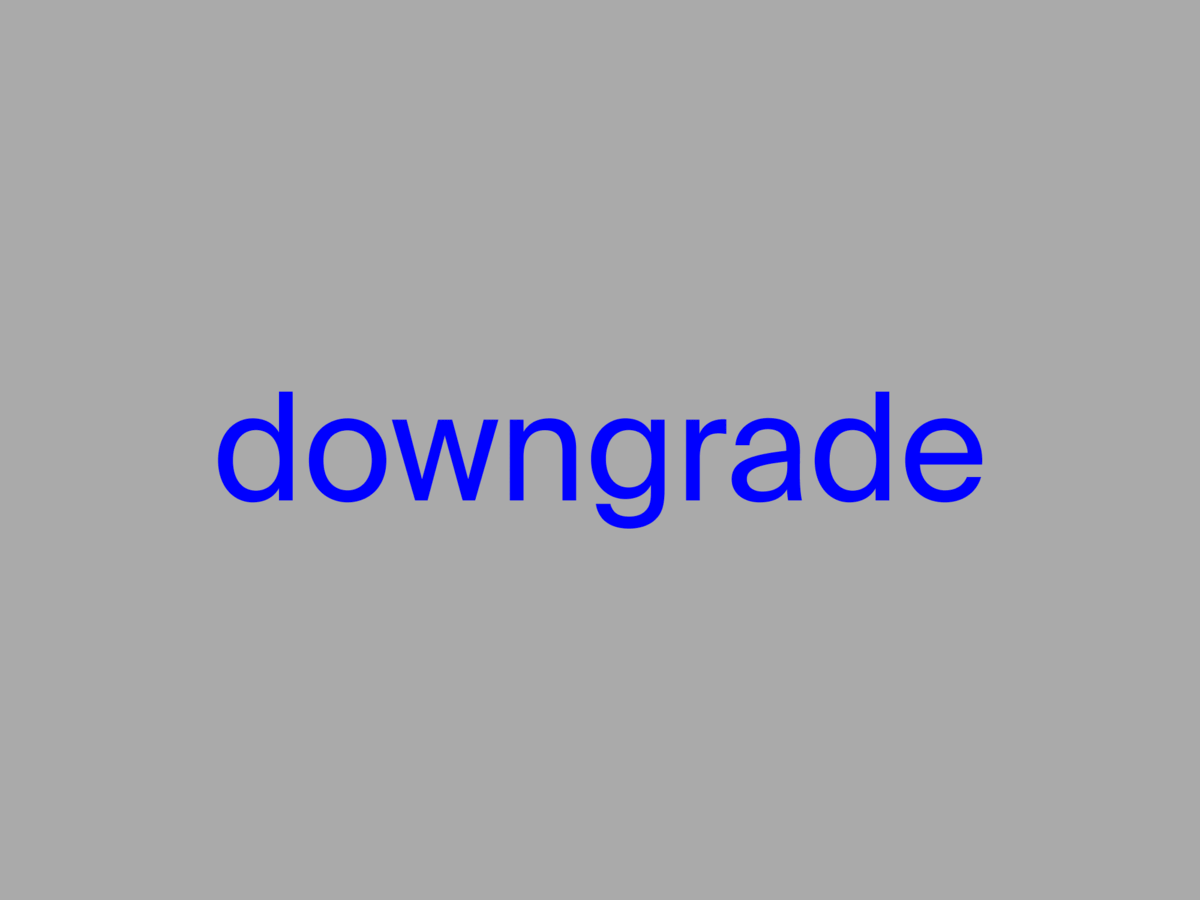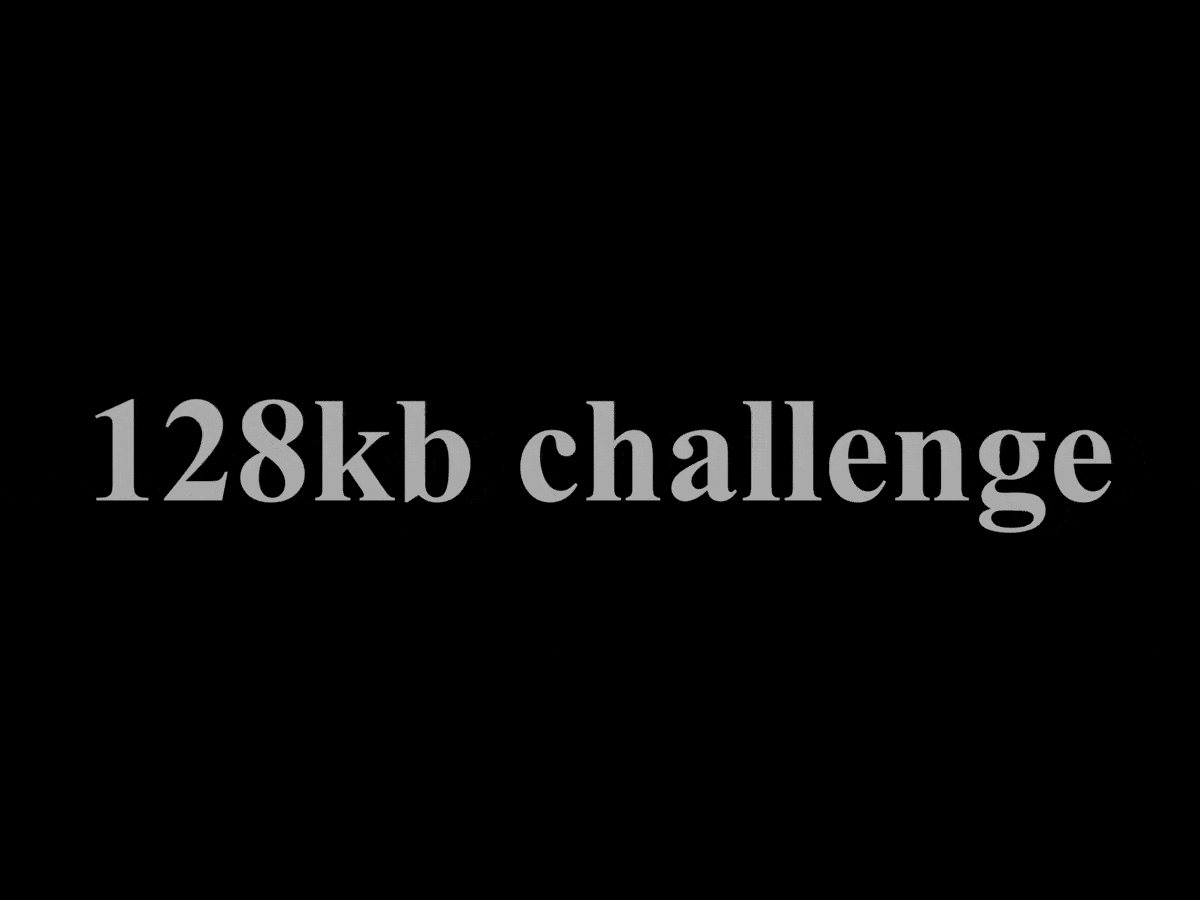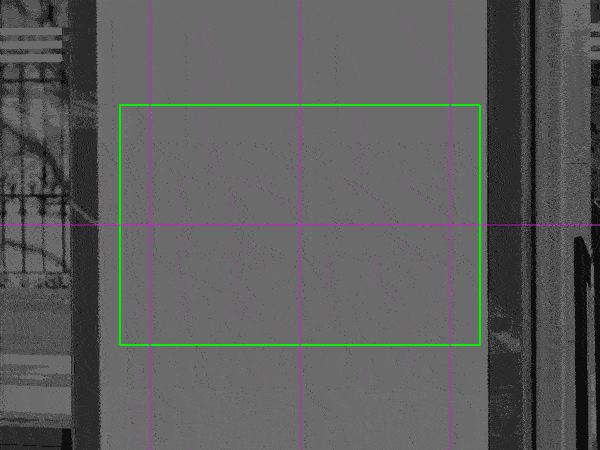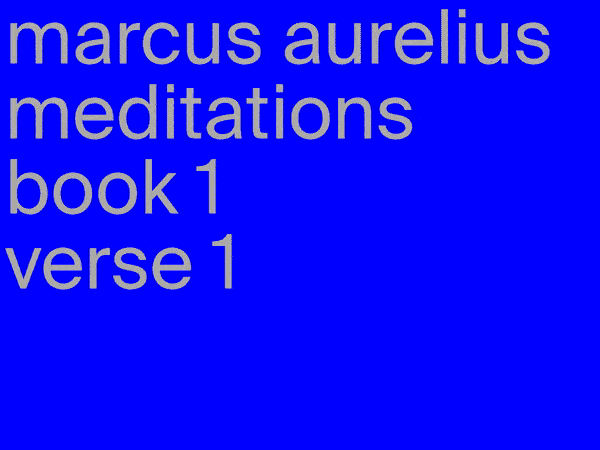Generative portraits for IBM
Some of you may know that I have a split relationship with Instagram. Still, even though I often find myself sitting on my sofa in doomscrolling mode annoyed at my inability to put the smartphone down, the platform has led to incredible connections over the past few years. I’ve been sharing my ideas on Instagram for a few years now, and it’s now turned into a pretty big archive.
Normally i don’t aim to act as a freelancer and attract agencies or companies, my goal is rather to appeal to young creatives in order to get them excited about creative coding. So it happens that the vast majority of my posts are really sketches: Loose ideas that can theoretically be developed into larger projects. In the meantime, I get inquiries almost every week that approach me based on a very specific post. Most of the time, it’s about developing that sketch further and adapting it for a specific project. Through such projects, I’ve learned a lot over the past few years.
What I find particularly interesting is the fact that projects based on existing ideas have a much leaner process than those where an idea has to be developed first. This is because the time-consuming design phase can be significantly streamlined. In addition, the agency already knows in advance what he will get approximately and can give much more concrete and accurate feedback. Since I want to spend at least 80% of my time developing my learning platform myself, it’s a win-win situation for everyone involved.
A few months ago, I had a call with a sympathetic team from Swift.co agency in Portland. They approached me based on generative portraits I posted a few years ago. Swift.co works for IBM and the request was for a social media campaign to feature creative tech personalities on IBM’s channels. The idea was to apply the design system of my generative portraits to those of the featured personalities. I took on the project and started making it happen. First I rebuilt the code of the portrait series cleanly with Processing and then, in the next step, developed many dozens of variations of motion patterns. Early on I realized a problem: The size of the team in Portland and the time difference between the U.S. and Germany made this project very challenging in terms of communication. Therefore, i was looking for a solution that would keep the communication effort as lean as possible. So I came up with a process that would end up with many variants to choose from. I wrote a script that launched a process that generates about 100 renderings for a supplied image template. Swift’s art directors could then curate and select the variations. We had to do some fine-tuning in the beginning, but in the end, every batch was a hit. I am very happy with the result and especially with the many learnings from the project. Thank you Swift and thank you IBM. I hope we will work together again soon. You can see the visuals on IBM’s social media channels.
Learn
- Course: Generative Sculptures
Related
 My new writing project “downgrade” is live
My new writing project “downgrade” is live
Hey folks, I hope you are doing great! You may have already read one or two of my essays that […]
 Join the 128kb challenge!
Join the 128kb challenge!
Instagram, Twitter, TikTok… All the main platforms that technically have the required features to connect emerging communies for Creative Coding […]
 A custom Mockup Tool, built with Processing (updated)
A custom Mockup Tool, built with Processing (updated)
For my students at Elisava, I have created a new version of my mockup-tool. You need two different files for […]
 New work for the New York Times
New work for the New York Times
Once again, I had the honor of illustrating an article for the New York Times that I myself am very […]
 Lowtech Painting Machine
Lowtech Painting Machine
A few months ago I made a small app that allows you to create image collages with some kind of […]
 Marcus Aurelius Meditations
Marcus Aurelius Meditations
Since the beginning of the Corona crisis, I have been more and more interested in the history of ancient philosophy. […]
 Key visual for Slate + Ash’s new software instrument
Key visual for Slate + Ash’s new software instrument
Together with Lena Weber I created the promo video for Slate + Ash’s brand new software synth called Choreographs. The […]
 Form follows Music: The Bach-Project
Form follows Music: The Bach-Project
Generative visuals made from the "Prelude in C" by Johann Sebastian Bach.